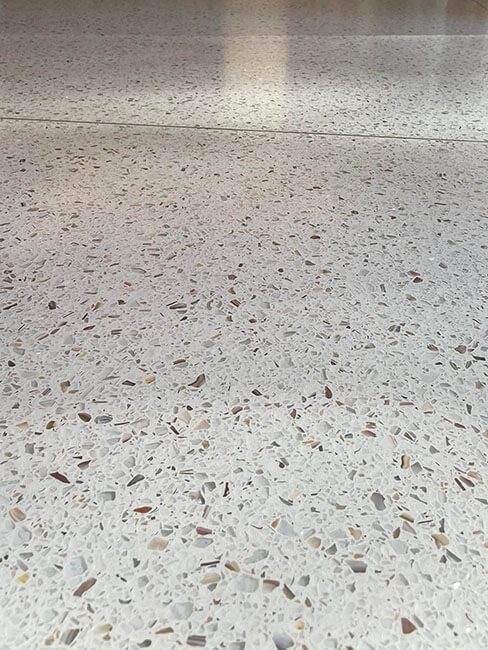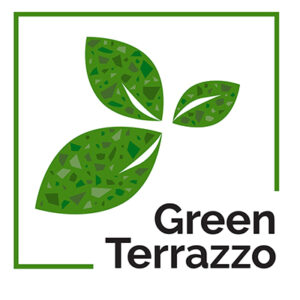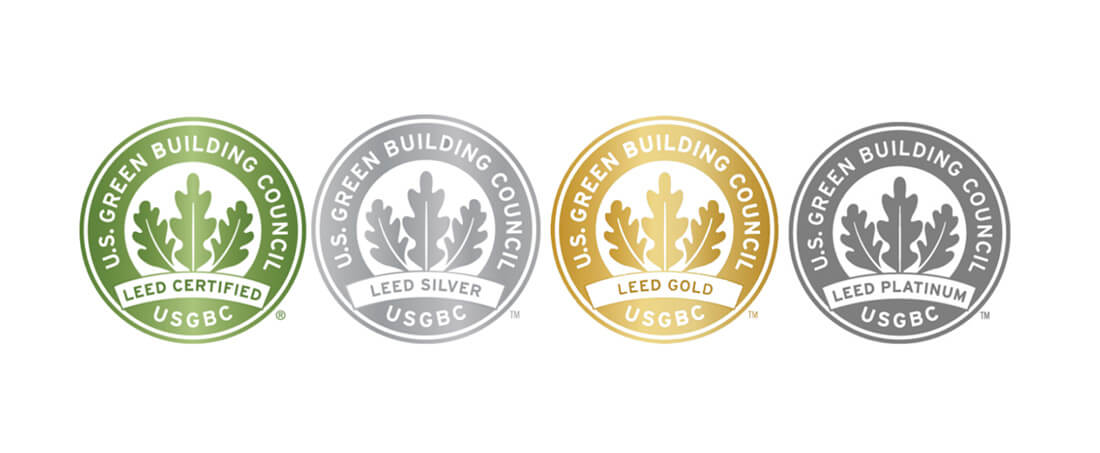Sustainability of Terrazzo
The sustainability of terrazzo dates back to 15th century Italy, where Venetian marble workers utilized recycled and repurposed materials to create beautiful terrazzo floors, making it one of the world’s first “green” flooring systems. This early approach to sustainability set the tone for terrazzo’s continued emphasis on recycled and zero VOC materials, which remain critical components of the flooring system today.
In modern times, epoxy terrazzo offers unparalleled durability, aesthetic appeal, design flexibility, and ease of maintenance while remaining in line with today’s sustainability goals for new construction and renovation projects. The use of recycled and zero VOC materials has become the standard, resulting in an eco-friendly flooring option that is both beautiful and functional.
When examining the life-cycle costs and environmental impact of epoxy terrazzo, it is valued for its contribution to LEED points established by the U.S. Green Building Council (USGBC). As a result, terrazzo has become an attractive choice for architects, builders, and property owners seeking to incorporate sustainable practices into their projects while creating a durable, visually appealing, and environmentally responsible space.
Download Terrazzo LEED Brochure







